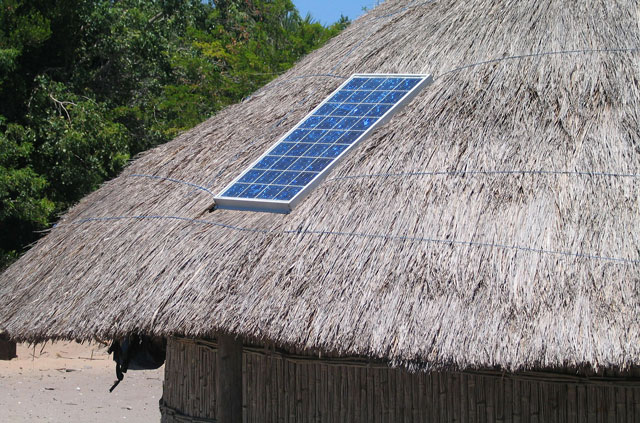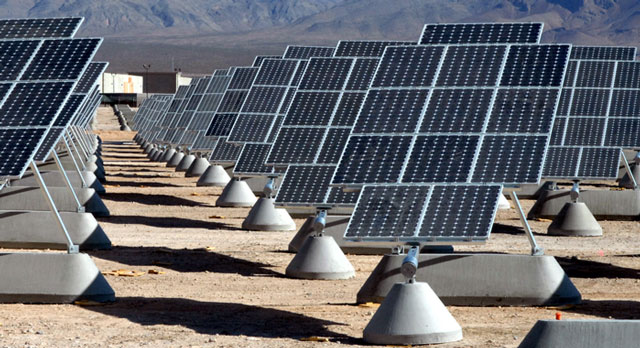
The amount of electricity generated using solar panels worldwide stands to expand as much as sixfold by 2030 as the cost of production falls below competing natural gas and coal-fired plants, according to the International Renewable Energy Agency (Irena).
Solar plants using photovoltaic technology could account for 8% to 13% of global electricity produced in 2030, compared to 1,2% at the end of last year, the Abu Dhabi-based industry group said in a report Wednesday.
The average cost of electricity from a photovoltaic system is forecast to plunge by as much as 59% by 2025, making solar the cheapest form of power generation “in an increasing number of cases”, it said.
Renewables are replacing nuclear energy and curbing electricity production from gas and coal in developed areas such as Europe and the US, according to Bloomberg New Energy Finance.
California’s PG&E Corp is proposing to close two nuclear reactors as wind and solar costs decline.
Even as supply gluts depress coal and gas prices, solar and wind technologies will be the cheapest ways to produce electricity in most parts of the world in the 2030s, New Energy Finance said in a report this month.

“The renewable energy transition is well underway, with solar playing a key role,” Irena director-general Adnan Amin said in a statement. “Cost reductions, in combination with other enabling factors, can create a dramatic expansion of solar power globally.”
Bloomberg New Energy Finance also forecasts growth in solar photovoltaics, reaching 15% of total electricity output by 2040, according to Jenny Chase, head of solar analysis in Zurich. “Irena’s assumptions are reasonable,” she said. “Solar just gets so cheap under any reasonable scenario.”
The “most attractive” markets for solar panels up to 2020 are Brazil, Chile, Israel, Jordan, Mexico, the Philippines, Russia, South Africa, Saudi Arabia and Turkey, according to Irena. Global capacity could reach 1 760GW to 2 500GW in 2030, compared with 227GW at the end of 2015, it said.
Smart grids, or power networks capable of handling and distributing electricity from different sources, and new types of storage technologies will encourage further use of solar power, Irena said.
As of 2015, the average cost of electricity from a utility-scale solar photovoltaic system was $0,13/kWh. That’s more than coal and gas-fired plants that averaged $0,05-$0,10/kWh, according to Irena. The average cost of building a solar-powered electricity utility could fall to $0,79c/W in 2025 from $1,80/W last year, it said. Coal-fired power generation costs are about $3/W, while gas plants cost $1 to $1,30/W, according to Irena.
The record for the world’s cheapest solar tariff was set in Dubai last month in an auction. Meed reported that a consortium including Masdar Abu Dhabi Future Energy Co and Saudi Arabia’s Abdul Latif Jameel bid $0,0299/kWh, 15% cheaper than the previous record. — (c) 2016 Bloomberg LP

